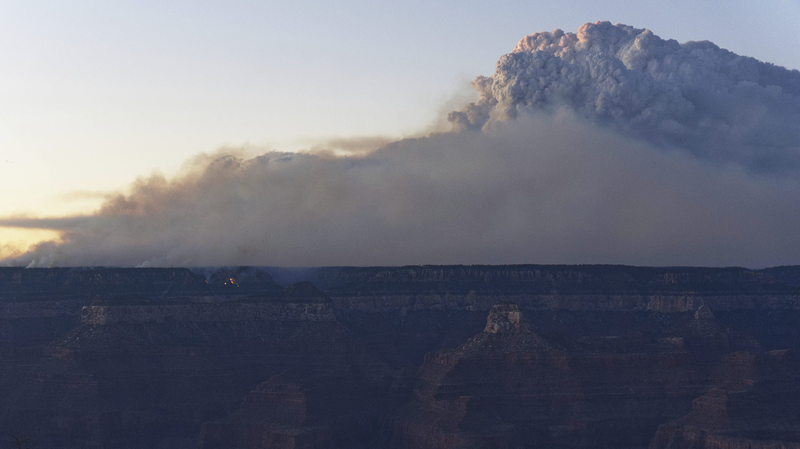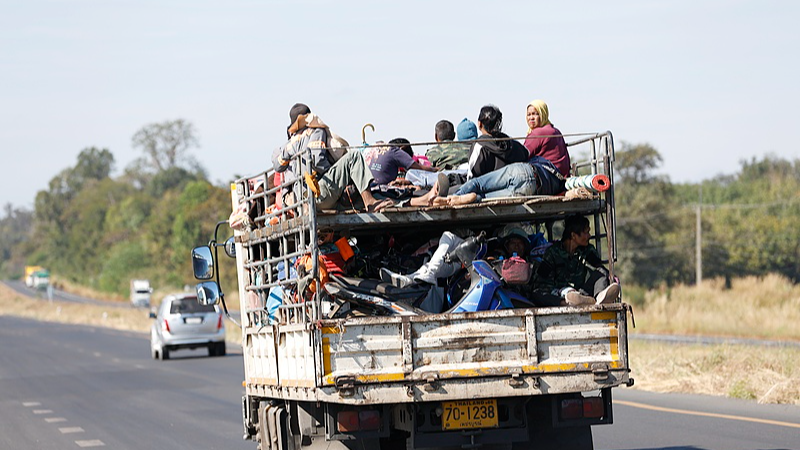Arizona's Grand Canyon National Park is under siege as the Dragon Bravo Fire sears across the North Rim. Fueled by gusty winds and bone-dry timber, the inferno has consumed roughly 472 square kilometers, according to the U.S. interagency wildfire tracker.
Ignited by a July 4 lightning strike on the Walhalla Plateau, the blaze remains only 12% contained despite the relentless efforts of 1,214 firefighters backed by helicopters and large air tankers. Crew rotations run around the clock to stem its advance.
Helicopters are dropping millions of gallons of water while air tankers spread fire retardant lines. Yet shifting winds and parched forests continue to drive the flames, forcing trail closures and raising air quality concerns for visitors and nearby communities.
For global travelers, digital nomads, and outdoor adventurers, the fire underscores how climate change is transforming iconic destinations. Data from the National Interagency Fire Center shows that wildfire seasons in the American West have grown 50% in size and frequency over the past two decades.
Park authorities are urging anyone planning a Grand Canyon visit to monitor trail closures, air quality alerts, and official updates. Alternative routes and flexible itineraries are now more important than ever for those exploring Arizona’s vast landscapes.
Meanwhile, firefighting teams are testing cutting-edge drone mapping and real-time weather modeling to predict fire behavior and improve response times. These data-driven innovations could be critical in managing future wildfires before they reach catastrophic scale.
As the Dragon Bravo Fire continues its fierce advance, it offers a vivid reminder that our global community must balance wanderlust with stewardship—and that every ember can tell a story about resilience and change.
Reference(s):
Wildfire continues to rage across U.S. Grand Canyon National Park
cgtn.com



